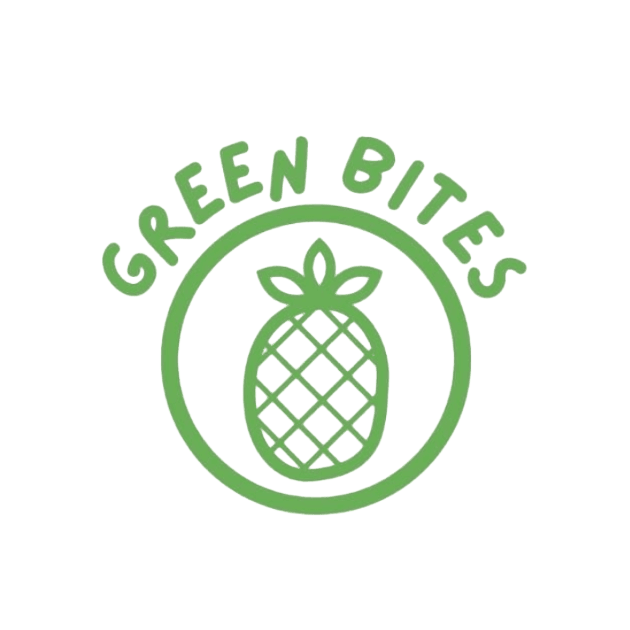Are You Addicted to Cheese?

15 January 2024
Do you:
- regularly consume larger amounts than intended?
- often attempt to or express a wish to moderate intake without success?
- continue to consume it despite being aware of any physical or psychological harm it is likely to cause?
If you answered yes to two of those, you meet diagnosis criteria, but you're not alone. The average American consumer eats 42 pounds of cheese every year (2022 data)! That's about 200 calories-worth every single day. A lot of that is in one of our favorite (and most highly addictive) junk foods, pizza.
It's true! If I were stuck on a desert island and forced to choose one food to eat for the rest of my life, it would be PIZZA (of course, knowing what I know now, my pizza would have a whole grain crust and probably salad on top instead of cheese…).
Did you ever wonder what makes cheese so seductive? It's more than just the fat and salt. Casein, the protein that is concentrated in cheese, breaks down into fragments of casomorphins, opiates that attach to receptors in the brain just like narcotics. This triggers the release of dopamine, which totally makes sense if your goal is to make sure young calves drink all the milk they need to grow. For most of us, though, the goal is not growth and more is not better!
It takes 10 pounds (1¼ gallons) of milk to make one pound of cheese.
That means ten times the calories, saturated fat, and sodium. Strictly on grounds of weight management, cheese is a dangerous player, packing plenty of calories in each little bite.
Recent research has hinted at a protective effect of full-fat dairy, but I take that with a grain of salt, having noted that the study author is an employee of the National Dairy Council.
Did you know? Our federal government coordinates dairy marketing through an organization called Dairy Management Inc. DMI works with fast food companies to [not so] subtly cultivate cravings across the country. Wendy's Cheddar Lovers Bacon Cheeseburger and Pizza Hut's Ultimate Cheese Pizza (with a pound of cheese in every serving!) are two examples of their handiwork. Never underestimate the power of subliminal and ubiquitous marketing!
Say what you will about the Academy of Nutrition and Dietetics and its financial support from the dairy industry, but in this letter to Congressional leaders, AND (+ 31 other organizations that support public health) urged Congress to remove the sodium limit exclusion for cheese in a new school lunch bill.
“The cheese carveout rider requires the USDA to develop a special exemption for the sodium in cheese used for “food safety and functional purposes” from the overall meal standards. If the USDA does not include this exemption, the rider prevents the USDA from implementing the updated sodium limits in the proposed rule…”
I'd love to know how much money those Senate and House committee members are receiving from Big Dairy. As dairy milk loses market share to alternatives, dairy investors (since most dairy is now produced by big business, not small farmers) are scrambling to find other ways to sell their goods; cheese is the obvious choice since it requires so much milk.
The Planetary Health Diet recommends an average intake of 250 ml (⅓ of the 3 cups recommended by the USDA) of dairy per day, on grounds of environmental impact (water and land use, carbon and methane emissions). Per previous calculation, this translates to about an ounce of cheese (about the size of your thumb).
Until recently, I never realized that all dairy (yes, even “organic” and “humane”) involves the forced fertilization of a cow and immediate removal of the calf from its mother. Dairy cows live 4-5 years, about a quarter of their natural lifespan of 20 years. Despite dairy industry's commitment to improved sustainability, most dairy is still produced in concentrated animal feeding operations under inhumane conditions.
So what's a cheese lover to do?
I suggest a 3 step process:
- Recognize the physically addictive nature of it and the culturally enforced marketing of it. When shopping, note: which food is most frequently offered as a sample to hook us?
- Eat less cheese, less often. Choosing smaller amounts of sharper cheeses like parmesan gets you more flavor with fewer calories and less saturated fat.
- Seek and utilize plant-based alternatives. Not necessarily the processed vegan cheeses in the supermarket, although they have their place. There are lots of great ways to get the tang of cheese without dairy proteins or saturated fat. More on this in my upcoming workshop.
One of my favorite cheese subs is nutritional yeast (don't confuse it with the type you use to bake bread!). It's a form of deactivated yeast, that is then harvested and dried. You can find this cheesy miracle food at most local supermarkets and use it in anything from mashed potatoes to tofu scramble for a protein boost with a burst of umami.
If you're interested in learning more about cheese, you can check out The Cheese Trap by Neal D. Barnard, MD, FACC, which contains more information, case studies and recipe suggestions than you'll ever need.
Contact Green Bites
Let's Talk
I'll get back to you soon to discuss your needs.
